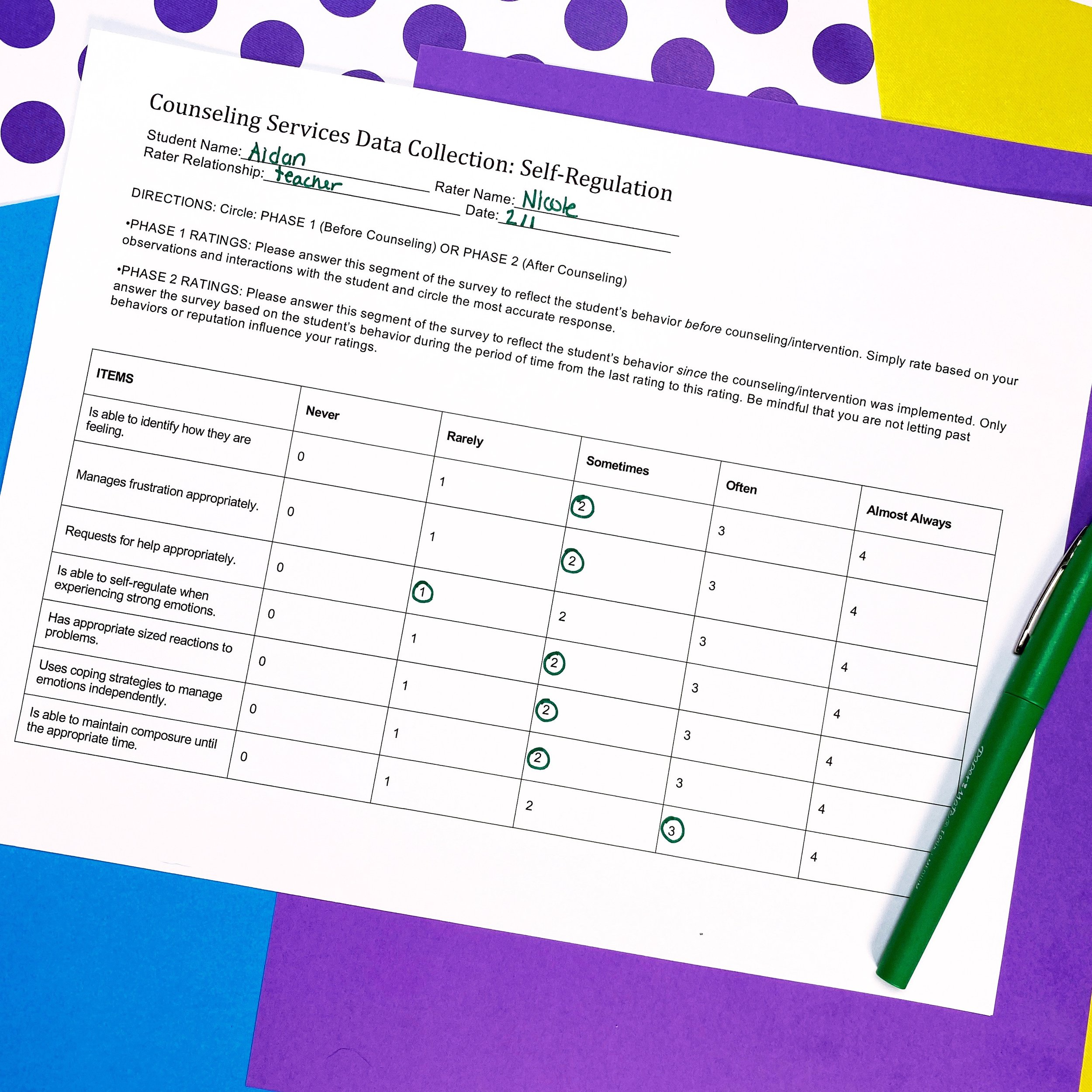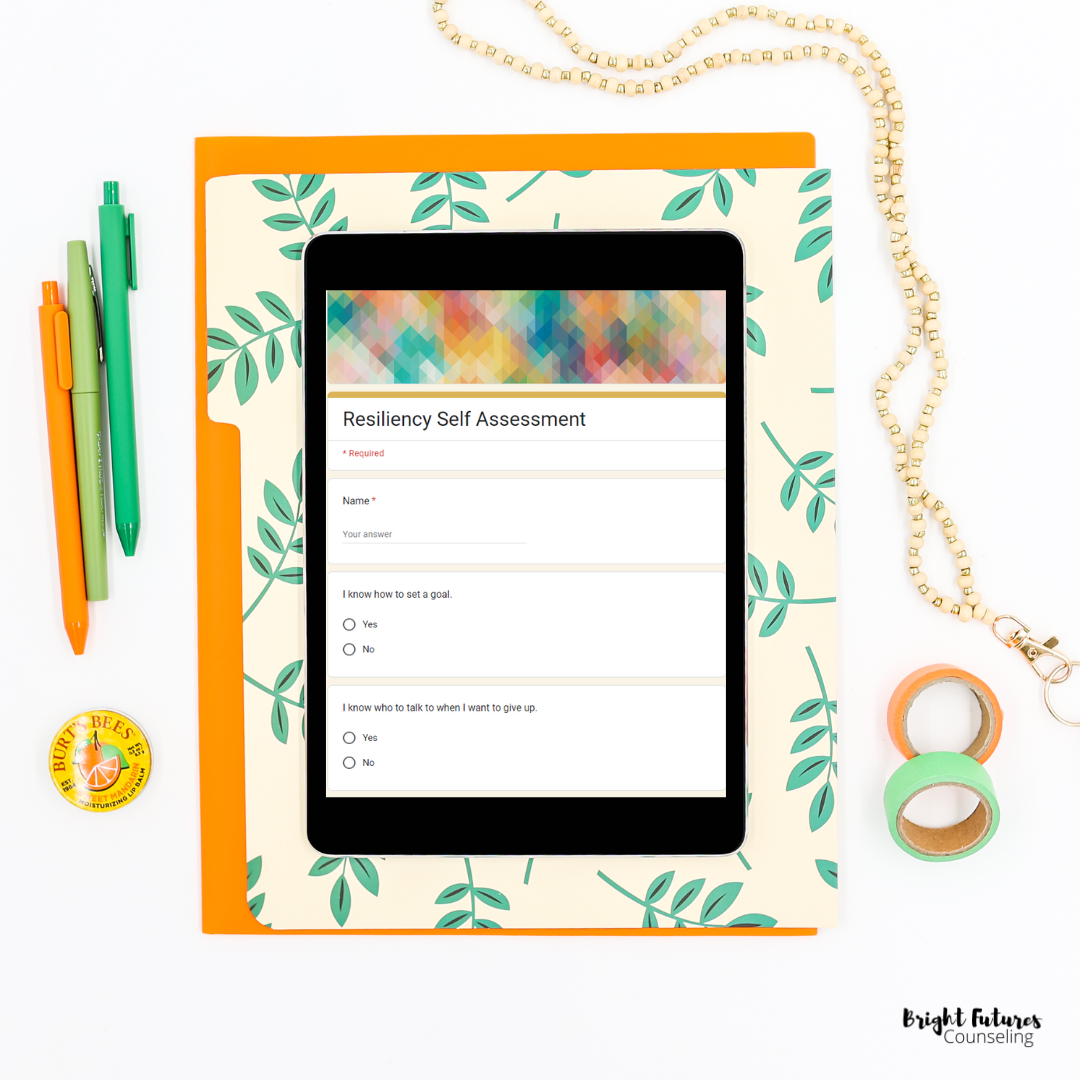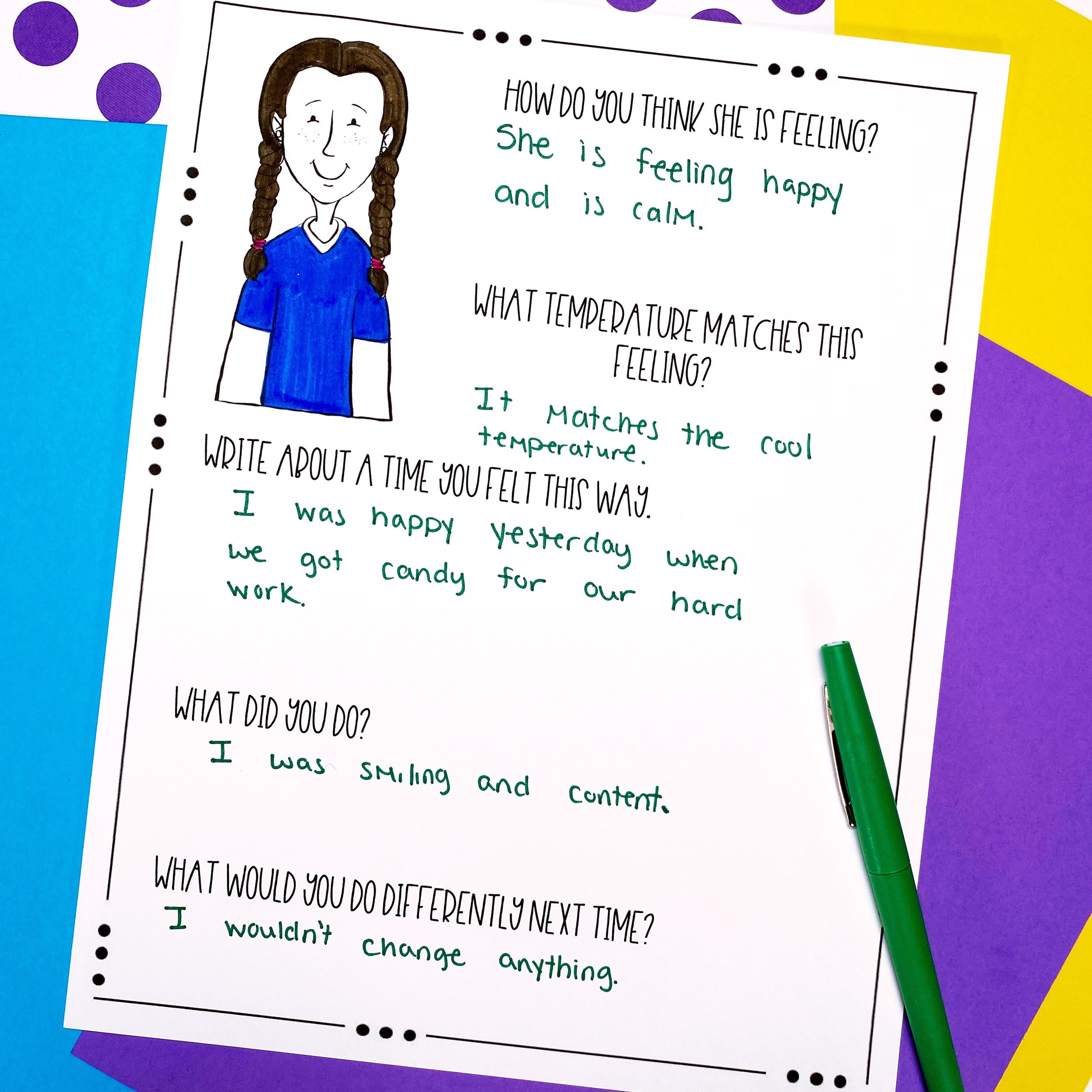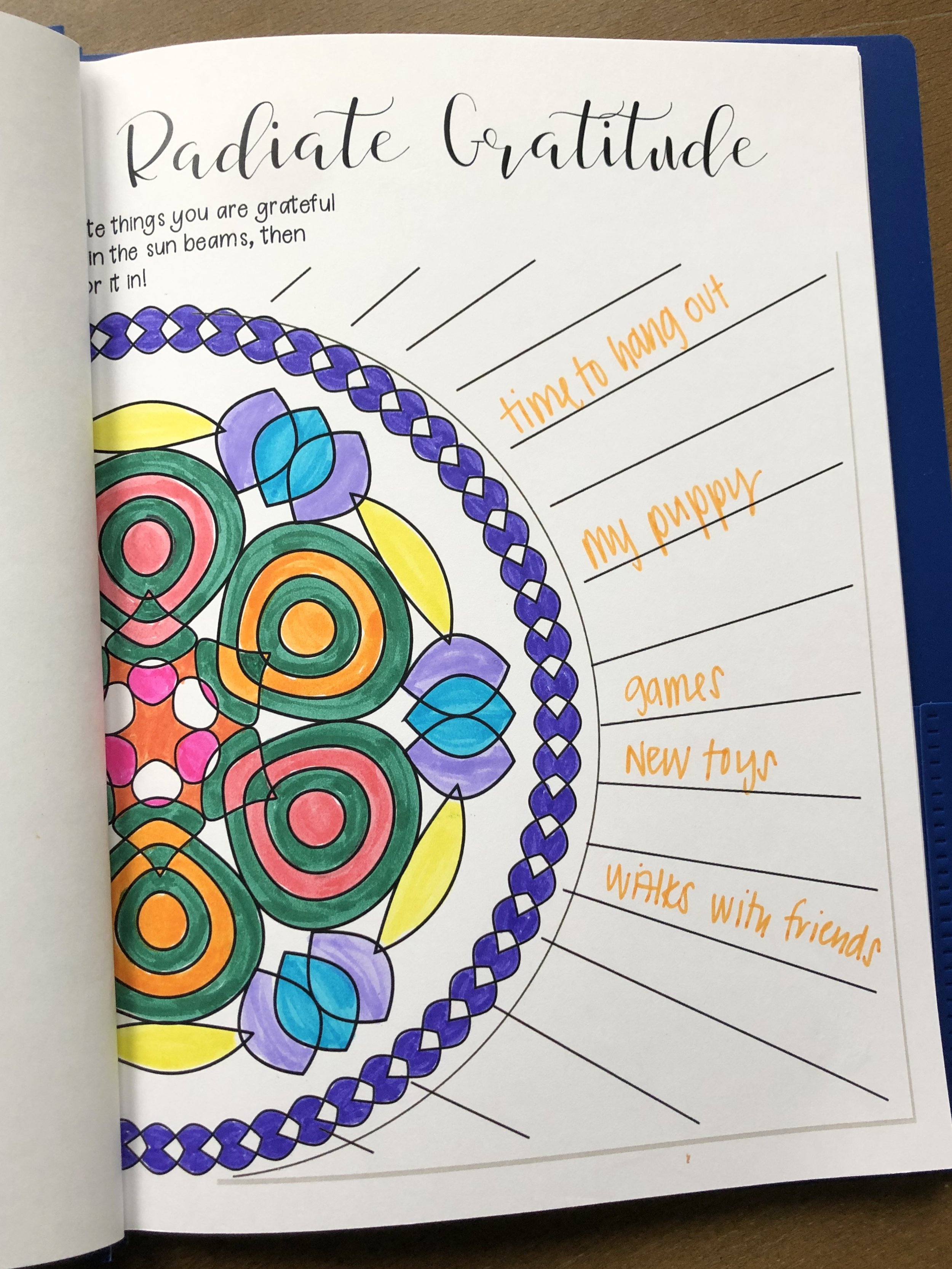Individual Counseling: A Guide for School Counselors
Individual counseling often gets overlooked because it doesn’t require as much collaboration or planning as small groups and class lessons do. It is so much more than just chatting with students. Individual counseling is your top tier intervention. These are your kiddos who need the most support so I want to make sure you feel prepared to help them!
Getting Started with Individual Counseling
Before you can get started, it's essential to determine who to see, when to see them, and how to get organized.
Which students to see
Individual counseling is reserved for your tier 3 students. These students are already receiving class SEL lessons and small group instruction and need additional support. An exception to this is if the student's area of need is unique and you do not have an available small group to place them in.
When to see students
I recommend seeing individual students 1x a week for 6-8 weeks. You can then re-evaluate to see if the student needs continued sessions or an outside referral. Remember, you are not a therapist!
My "secret" organization strategy
It's not fancy, but a good ol' manila folder goes a long way! I write the student's name on the tab and keep their papers, activities, self-assessments, etc inside. On the left-hand flap I write the dates we meet and a quick note on what we did. Believe me, you'll forget when you have a big caseload! On the front of the folder I let students collect stickers for each session they complete. This serves as a progress tracker and attendance incentive.
Meeting virtually? Use a Google Drive folder and digital incentive as a progress tracker instead of a paper folder.
How to Collaborate with a Team to Support Individual Students
You may be thinking, “Who am I supposed to collaborate with? It’s just me and the one student.” Collaboration is often overlooked but is an essential component in establishing individual counseling sessions.
When I first started counseling individual students I would have parents ask me to send them weekly updates on their child's progress (a totally fair request). I happily agreed, always eager to please, not knowing how much of a time and energy burden this would be!
Needless to say, I didn't keep up on my end and they were disappointed in the lack of communication, causing me to feel stressed and the counseling program to look incompetent. #counselorfail
I knew I needed to establish some systems for communication that were easy for the parent but also kept me stress-free (See tip 3 to see what I came up with!)
3 Strategies for Collaboration
1. Hold a Meeting: Host a meeting with parents and teachers (hopefully together!) before sessions start to discuss concerns and goals. It doesn't have to be elaborate just 30 minutes before or after school.
2. Observe the student: Oftentimes teachers feel out of the loop on what's happening in counseling. Make an effort to observe students in the classroom to see how their behaviors change in different settings.
3. Provide additional support: Create a behavior support plan or workbook that students can bring home to share with parents. You can also provide them with a progress chart on their desk. This way you can keep parents and teachers in the loop on what you are working on without having to send a million emails. If meeting virtually you could use a shared Google Doc to share progress.
Individual Counseling Data Collection Strategies
Data collection is a vital part of your counseling program and individual counseling is a great place to start! Try one of these 4 data collection tools… but first, let me tell you a story about a student I'll call Bri (not her real name).
Bri was referred to me for extreme anxiety. She felt best when there were clear expectations. I immediately started seeing her once and week and we had a great relationship. She would come by my office a few times a week!
Our sessions were ongoing with no clear end date or closure (further increasing her anxiety!) I thought I was doing the right thing by providing continuous support, but I soon realized I was not fulfilling my role as the school counselor and was in turn doing a disservice to the student. We are supposed to offer short-term solution focused counseling services, not act like a therapist!
How could data have helped?
By setting a clear end date to our counseling sessions and having a goal in mind, I could then have used data to assess whether or not Bri met her goal. If she did, I could end services with her and check-in periodically. If she did not I could modify my curriculum, collect and analyze data to see if it helped and act accordingly. Sometimes the data may show that you need to refer students to an outside source and that is totally okay!
So how can you collect data?
Student Observations: Simply observe students in the classroom to see if they are implementing the strategies you are working on with them. Read this blog post for more tips.
Behavior Progress Monitoring Forms: Send these surveys to parents and teachers to collect baseline data on student behaviors. Then resend them to see if your interventions are working. These are the ones I created and use!
Rating Scales: Ask students during each session how they are feeling about their progress.
Self-Assessments: Give students a pre and post self-assessment to see where they need support. You can then focus your sessions on these areas. Check out my self-assessments here.
4 Engaging Activities to do with Individual Students
Now that you have some systems in place, here are some ideas for activities you can do during sessions with your individual students.
Journals: Have students keep a journal to communicate with you. They can write in it during the session and then discuss with you or they can do it at home and bring it for you to read. This makes students feel more comfortable to share their experiences and is extremely beneficial in cases involving trauma or grief.
Workbooks: Find a workbook (or make your own!) that students can work on during each session. Divide it up so there are activities to do within each session. They can then take it home to share with their parents. Need an example of a workbook: Check out these on Self-Regulation and Gratitude.
Book Club: Find a book related to the student's area of need and break it up across your weekly sessions. Students can read the book as "homework" and then discuss or do related activities during the group session.
Group Activities: Don't reinvent the wheel! Take activities from group curriculum you have and use them with individual kiddos. But remember if you use discussion cards or a board game you have to play and participate too. Be wary not to overshare...one time during a body image group I had middle school girls ask me what my least favorite body part was and why! Awkward.
Looking for more ways to save time and repurpose activities? You have to check out IMPACT, my membership for school counselors, where I share strategies for doing this every month in LIVE Zoom calls. Click here to join in on the fun!
I hope these systems and strategies make individual counseling less intimidating and more fun!






